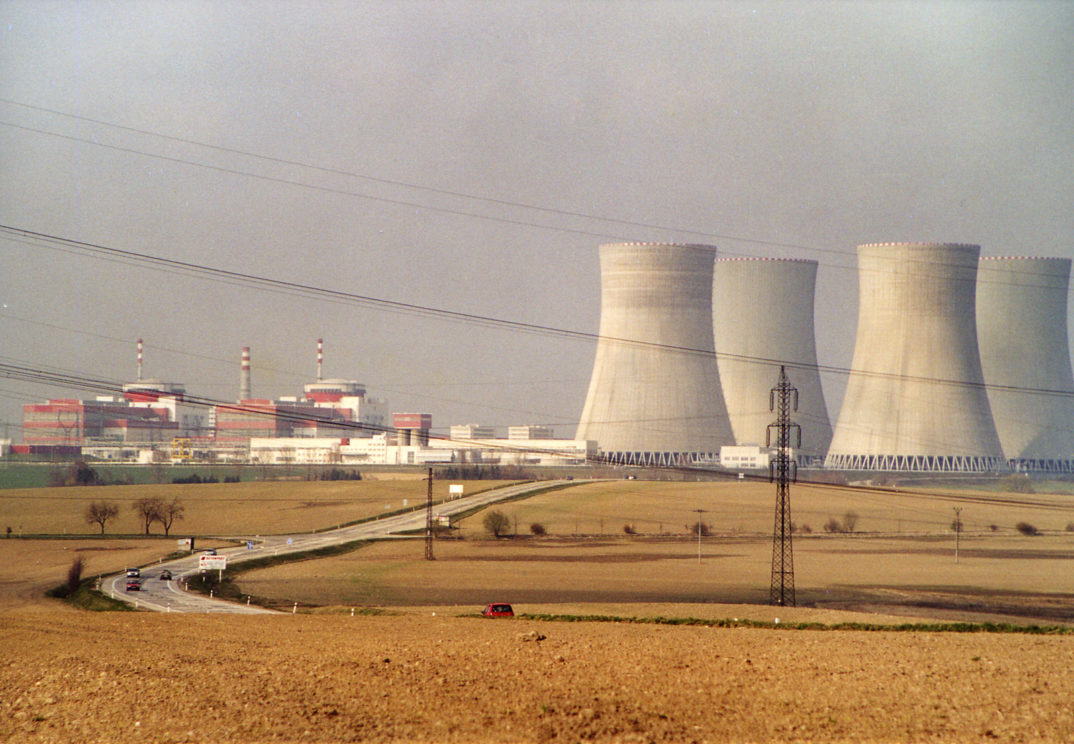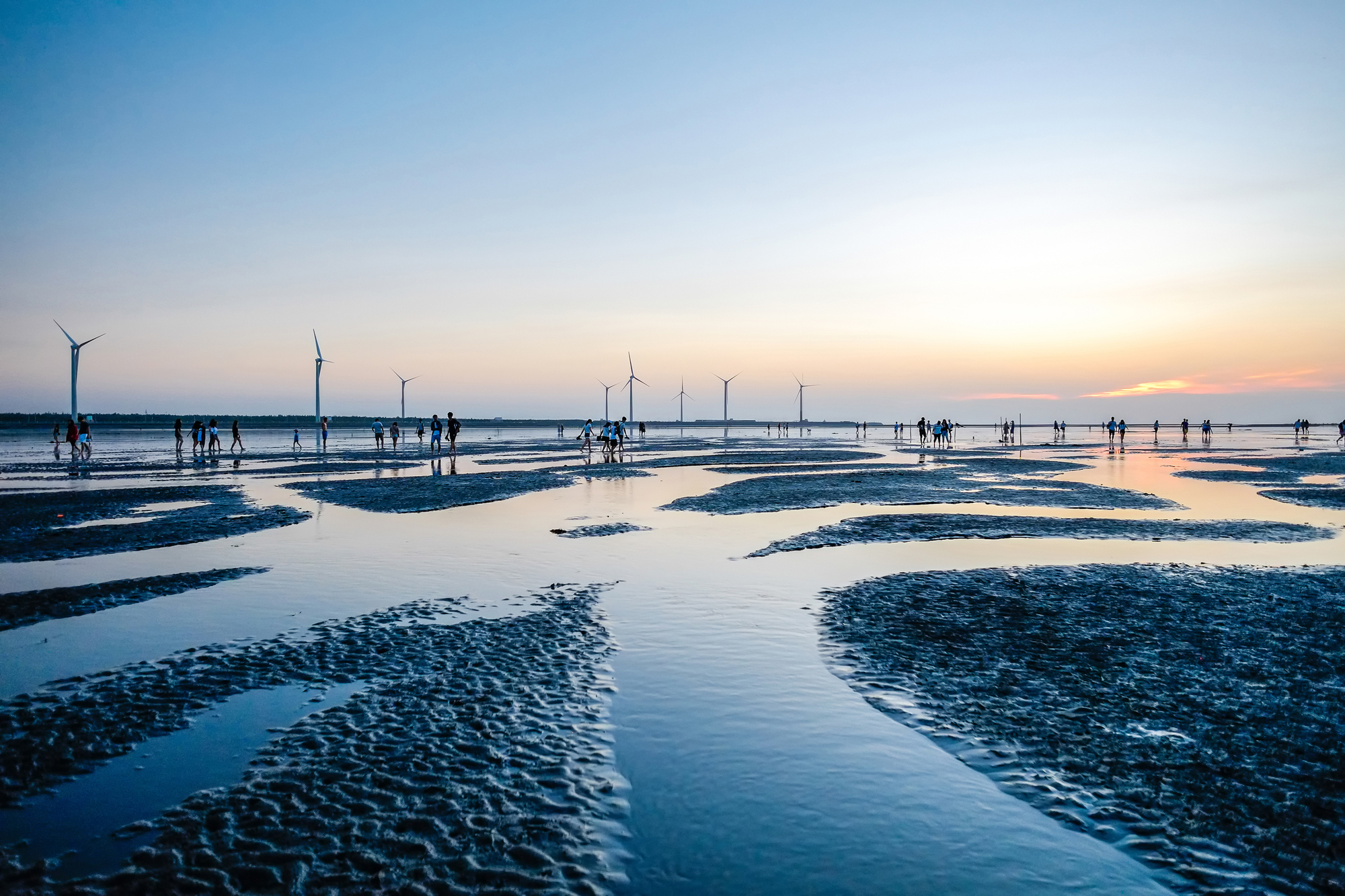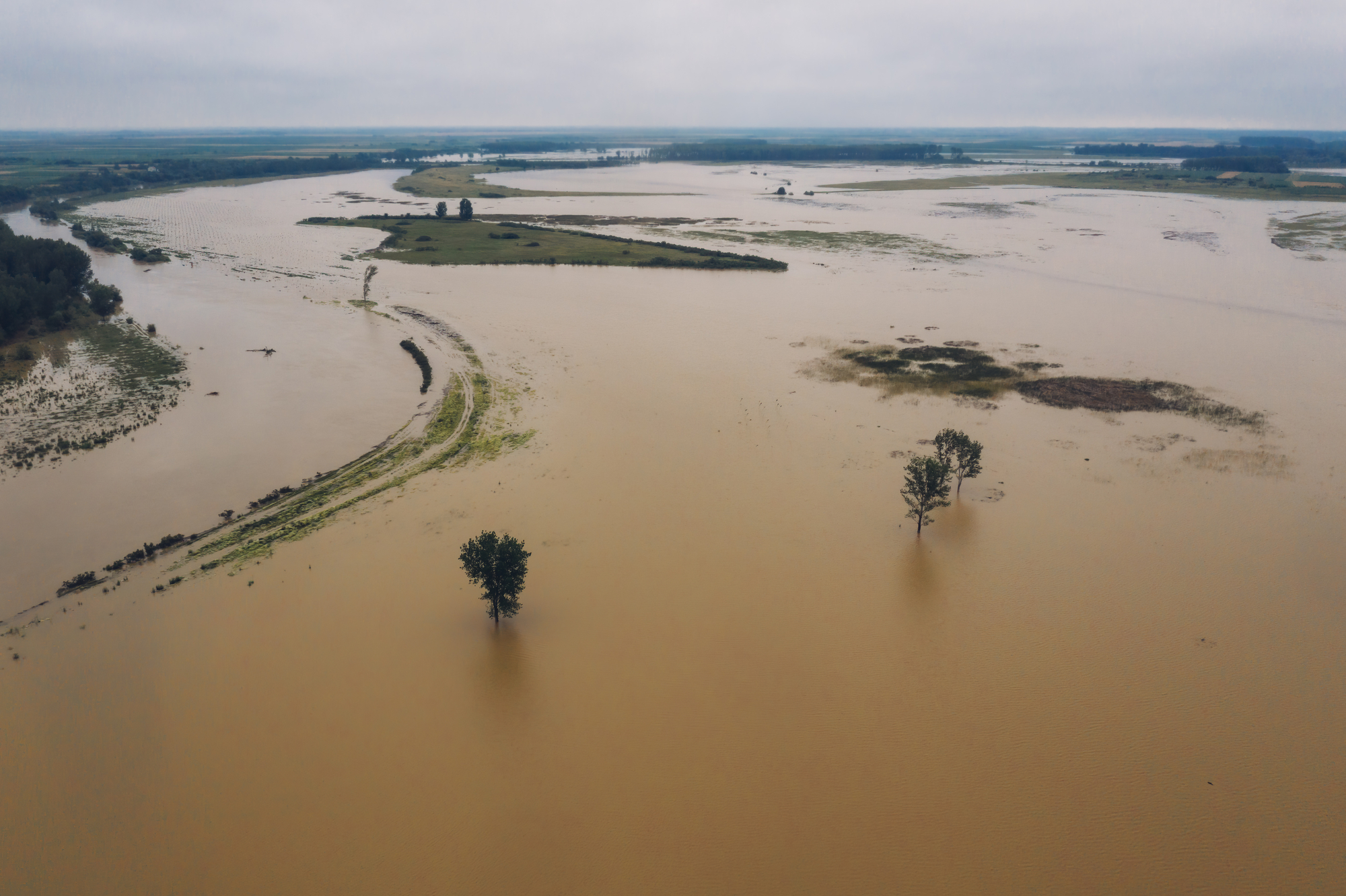Embracing Nuclear Power as a Solution to Climate Change
This article has a set of discussion questions tailored for classroom use. Click here to download them. To see a full list of articles with discussion questions and other resources, visit our “Educational Resources” page.
In the late 1940’s, following the first use of nuclear weapons on Hiroshima and Nagasaki, Americans were ecstatic about the potential benefits of nuclear energy. Utopic imaginations painted pictures of a world with limitless energy, utilizing nuclear power for everything from powering cars to creating radioactive crops that would produce twice their normal yield. These hopes quickly turned to fears as black rain started pouring on Hiroshima and nuclear tests had unexpected and disastrous consequences. Despite these fears, nuclear power can still be considered a “green” technology because it produces energy without creating carbon emissions. Today, nuclear power plants provide about 20 percent of the United States’ electricity, and nuclear power is the third largest producer of electricity in the country. If framed as a solution to climate change, and if plants are given the proper funding and maintenance to increase safety, nuclear power could provide emission-free electricity on a wider scale.
Public opinion on nuclear power has historically been mixed and is largely dependent on how politicians frame the issue. In the article, “Framing trade-offs: The politics of nuclear power and wind energy in the age of global climate change,” Sarah Pralle and Jessica Boscarino argue that before the Fukushima Daiichi nuclear disaster in 2011, a “Nuclear Renaissance” was on the horizon. Immediately following the incident, American support for nuclear energy was even lower than after the Three Mile Island incident in 1979, at 43 percent in 2011. Since the Fukushima disaster has almost seven years of distance from public memory, a “Nuclear Renaissance” may be on the horizon again. Although nuclear power is arguably no safer today than it was in 1960, the perceived threat of global climate change is much higher, allowing for a trade-off. Yes, nuclear power has its risks, but the risks of climate change are worse. If politicians were to frame nuclear power as a trade-off in this way, public support may increase in the coming years, since polling data shows that support for nuclear energy increases if presented as a solution to climate change.
The Union of Concerned Scientists (UCS) has published multiple articles with their official stance on using nuclear energy. The UCSUSA states that in order to prevent disastrous consequences from global warming, “The United States must achieve economy-wide net-zero emissions by or before mid-century.” Nuclear power offers one option for producing electricity without carbon emissions, despite carrying substantial health and environmental risks. However, nuclear plants are being shut down prematurely due to the high cost of safety maintenance and are being replaced with natural gas, which still produces an unacceptable level of carbon emissions. The UCS formally supports “policies and measures to strengthen the safety and security of nuclear power” so it can one day provide carbon-free electricity to the majority of the country.
Ontario is already making changes to their energy sector to make nuclear power more prevalent. On February 23, 2018, Glenn Thibeault, Canada’s energy minister, made the statement, “Tomorrow’s advanced nuclear technology…will play a key role in addressing climate change—our generation’s greatest challenge.” Nuclear power provides 60 percent of Ontario’s electricity and has successfully both eliminated coal-powered electricity in 2014 and made nuclear energy competitively priced compared to natural gas. Ontario has been a pioneer in nuclear research throughout the past decade, and provides an example of how nuclear energy could successfully power the United States.
Although there are clear health and environmental risks associated with nuclear power, the main obstacle facing the United States’ nuclear infrastructure right now is funding. Cuts would need to be made elsewhere to make room for proper care and maintenance of nuclear power plants. With advancements in the safety protocols for nuclear power plants, the potential health and environmental risks would be reduced. Furthermore, as the risks of global climate change continue to mount, public support for nuclear energy will likely increase. Within the next 25 years, it’s likely that many American households will be paying a nuclear plant for their electricity—a 1960’s Utopian dream finally come true.





